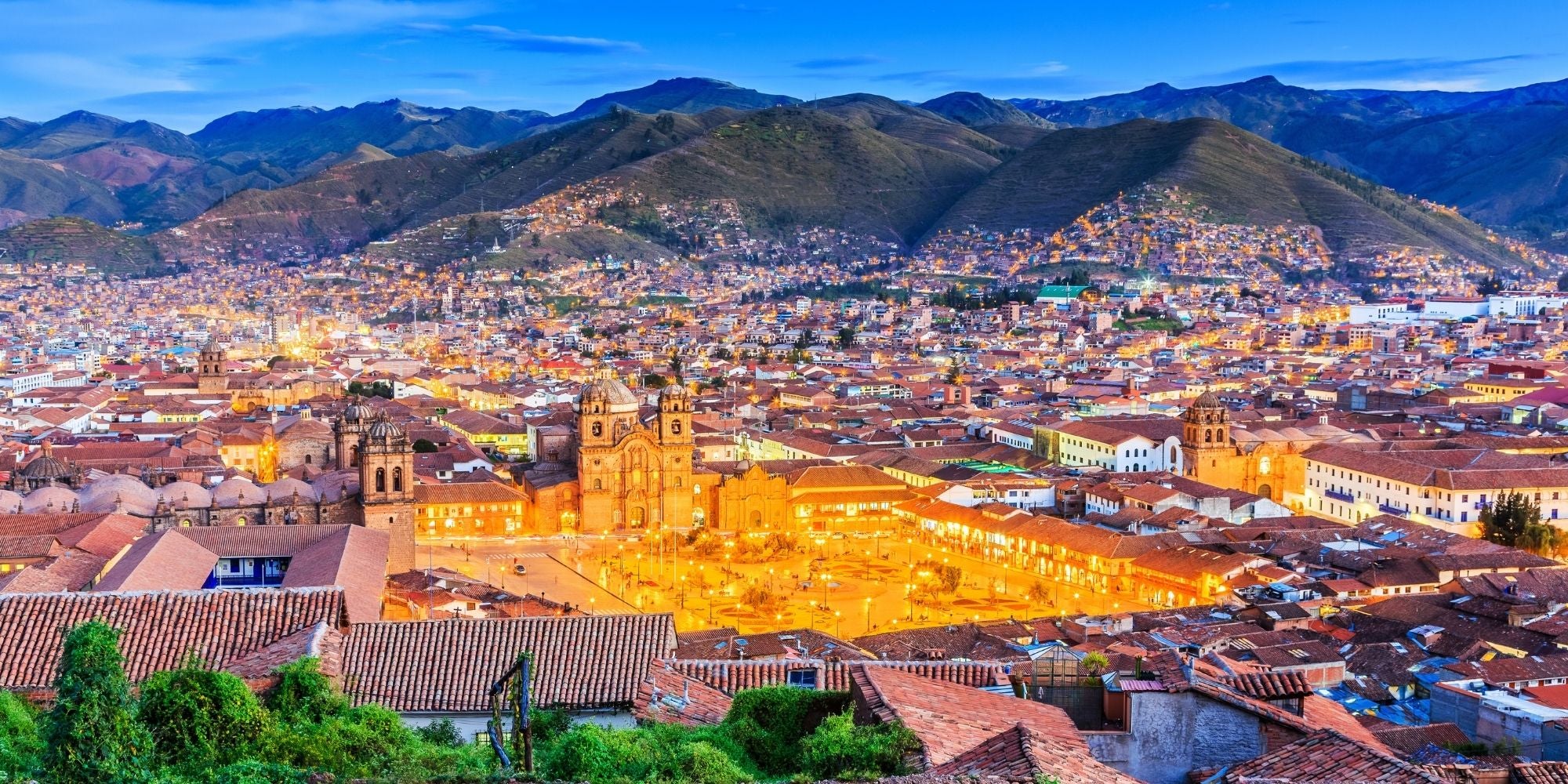Introduction to Cusco’s Elevation
Nestled high in the Andes Mountains of Peru, the ancient city of Cusco sits majestically at an elevation of approximately 3,400 meters (11,200 feet) above sea level. This lofty altitude is not just a geographical feature but a defining aspect of Cusco’s identity, shaping its history, culture, and even its modern-day allure. As travelers embark on a journey to this captivating destination, they are met with the awe-inspiring beauty of the Andean landscape and the rich tapestry of indigenous traditions that thrive amidst the thin air Cusco Elevation.
Cusco’s elevation is more than just a number; it’s an experience that leaves a lasting impression on all who visit. For some, the high altitude presents a challenge, requiring acclimatization and careful consideration of one’s health. For others, it’s an opportunity to embark on a transformative adventure, to explore ancient ruins, traverse mountain trails, and immerse oneself in the vibrant culture of the Andes. In this article, we unravel the mysteries of Cusco’s elevation, delving deep into its geography, history, and the unique experiences it offers to travelers from around the globe.
The Geography of Cusco
Cusco’s geographical setting is as dramatic as it is breathtaking. Surrounded by towering peaks and cradled within lush valleys, the city is a testament to the natural wonders of the Andean landscape. From its perch high in the mountains, Cusco offers sweeping vistas of snow-capped peaks, verdant valleys, and terraced hillsides dotted with ancient Inca ruins. The sacred Vilcabamba Range looms to the north, while the majestic Ausangate Mountain rises to the south, providing a stunning backdrop to the city’s historic center.
The geography of Cusco is not only defined by its lofty elevation but also by its strategic location as the gateway to the Sacred Valley and the legendary citadel of Machu Picchu. This positioning has made Cusco a hub of trade, culture, and pilgrimage for centuries, attracting travelers from far and wide to its storied streets and sacred sites. Today, Cusco remains a focal point for adventure tourism, offering a gateway to the wonders of the Andes and serving as a base for exploring the region’s natural and cultural treasures.
Exploring Cusco’s Altitude
Elevation Facts and Figures
Cusco’s elevation of 3,400 meters (11,200 feet) above sea level places it among the highest cities in the world. This lofty altitude presents a unique set of challenges and opportunities for travelers, from the thin air and reduced oxygen levels to the breathtaking views and exhilarating adventures that await. Despite its high elevation, Cusco’s allure is undeniable, drawing visitors from all corners of the globe to experience its rich history, vibrant culture, and stunning landscapes.
Altitude Sickness: Causes and Symptoms
One of the primary concerns for travelers to Cusco is the risk of altitude sickness, also known as acute mountain sickness (AMS). This condition can occur when ascending to high altitudes too quickly, causing symptoms such as headache, nausea, dizziness, and fatigue. Altitude sickness is a result of reduced oxygen levels in the air, which can affect the body’s ability to function properly. However, with proper acclimatization and precautionary measures, the risk of altitude sickness can be minimized, allowing travelers to enjoy their time in Cusco safely and comfortably.
Acclimatization Strategies
To mitigate the effects of altitude sickness and ensure a smooth transition to high altitude, it’s essential for travelers to acclimatize gradually upon arrival in Cusco. This may involve taking it easy for the first few days, staying hydrated, and avoiding strenuous activity until the body has had a chance to adjust to the thin air. Additionally, certain medications, such as acetazolamide (Diamox), can help alleviate symptoms of altitude sickness and facilitate acclimatization. By following these acclimatization strategies, travelers can make the most of their time in Cusco and experience all that this enchanting city has to offer.
Historical and Cultural Significance of Cusco
Cusco’s elevation is not just a geographical feature; it’s a cornerstone of its rich history and cultural heritage. As the former capital of the Inca Empire, Cusco holds a special place in the hearts of Peruvians and visitors alike, serving as a living testament to the ingenuity and resilience of the Inca civilization. The city’s historic center is a treasure trove of architectural marvels, with ancient Inca ruins juxtaposed against colonial-era churches and Spanish-style plazas.
The significance of Cusco’s elevation is also evident in its cultural traditions and festivals, which are deeply rooted in the indigenous beliefs and customs of the Andean people. From the colorful processions of Inti Raymi, the Festival of the Sun, to the lively markets and street fairs that animate the city’s streets, Cusco’s cultural calendar is as vibrant as it is diverse. Each year, thousands of visitors flock to Cusco to witness these ancient rituals and celebrations, immersing themselves in the rich tapestry of Andean culture that thrives amidst the thin air of the high altitude.
Modern-Day Cusco: A Vibrant Cultural Hub
Cusco is not just a city frozen in time; it’s a dynamic and ever-evolving cultural hub that pulsates with energy and creativity. Despite its remote location high in the Andes, Cusco is a cosmopolitan city with a thriving arts scene, lively nightlife, and world-class culinary offerings. From trendy cafes and boutique shops to hip bars and art galleries, Cusco’s streets are alive with the sounds and colors of modern-day Peru.
Architectural Marvels at High Altitude
The heart of Cusco is its historic center, a UNESCO World Heritage Site that showcases the city’s rich architectural heritage. Here, visitors can wander through cobblestone streets lined with colonial-era mansions, explore ancient Inca temples and palaces, and marvel at the intricate stonework of the city’s iconic landmarks. Highlights include the imposing Plaza de Armas, the majestic Cathedral of Santo Domingo, and the awe-inspiring ruins of Sacsayhuaman, which offer panoramic views of the city below.
You read also more : is Cabo San Lucas Safe
Cultural Festivals and Traditions
Cusco’s cultural calendar is filled with colorful festivals, religious processions, and indigenous rituals that celebrate the city’s Andean heritage. One of the most famous events is Inti Raymi, the Festival of the Sun, which takes place every June to commemorate the winter solstice. This ancient Inca celebration attracts thousands of visitors to Cusco, who





